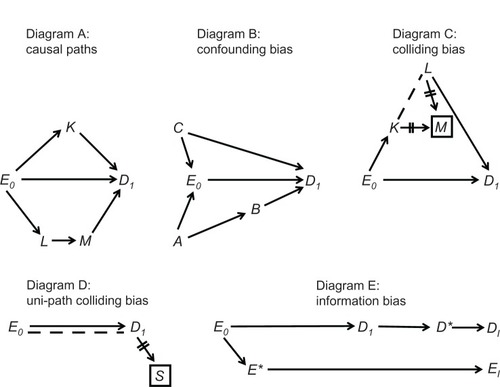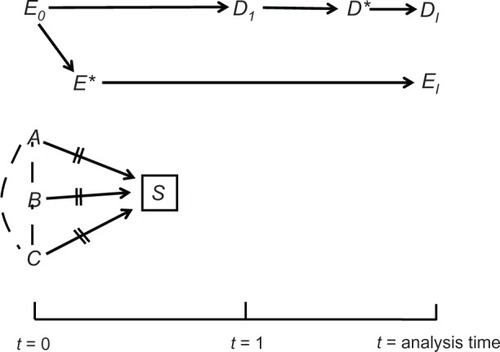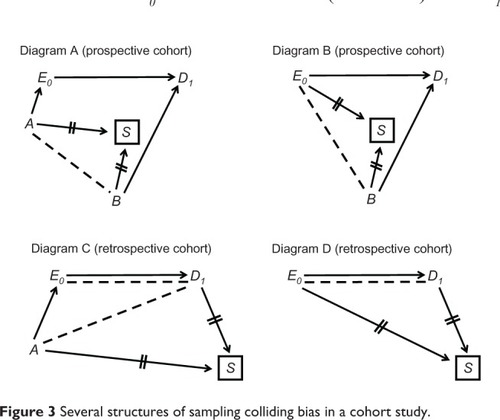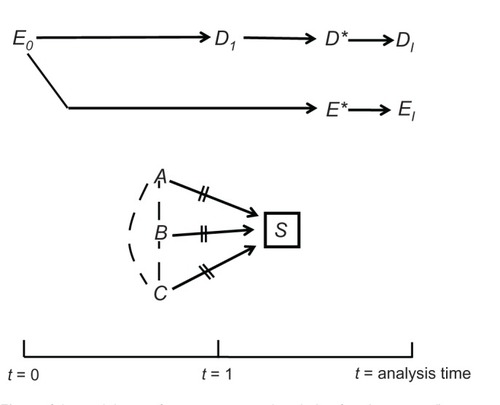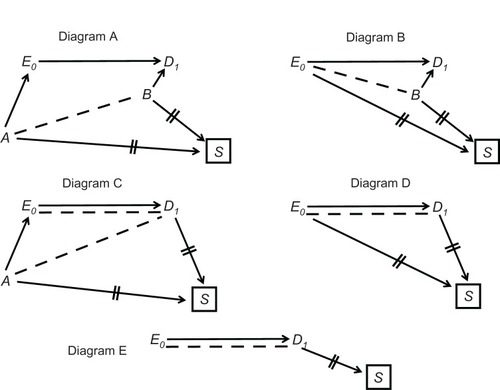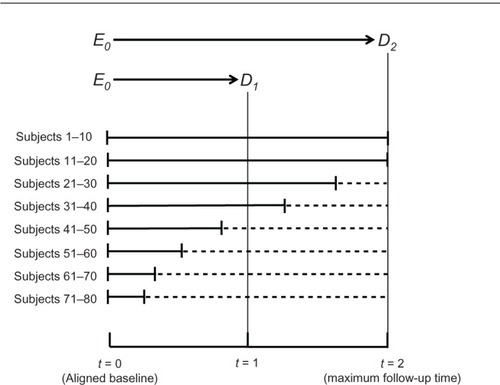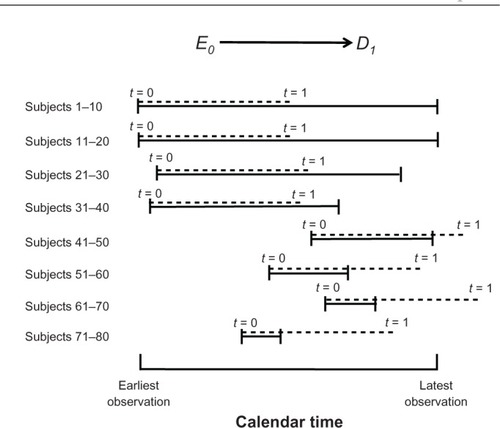Clinical Epidemiology
Volume 5, 2013 - Issue
Open access
363
Views
29
CrossRef citations to date
0
Altmetric
Methodology
Causal diagrams and the cross-sectional study
Eyal Shahar1 Division of Epidemiology and Biostatistics, Mel and Enid Zuckerman College of Public HealthCorrespondence[email protected]
& Doron J Shahar2 Department of Mathematics, College of Science, University of Arizona, Tuscon, AZ, USA
Pages 57-65
|
Published online: 09 Mar 2013
Related research
People also read lists articles that other readers of this article have read.
Recommended articles lists articles that we recommend and is powered by our AI driven recommendation engine.
Cited by lists all citing articles based on Crossref citations.
Articles with the Crossref icon will open in a new tab.
